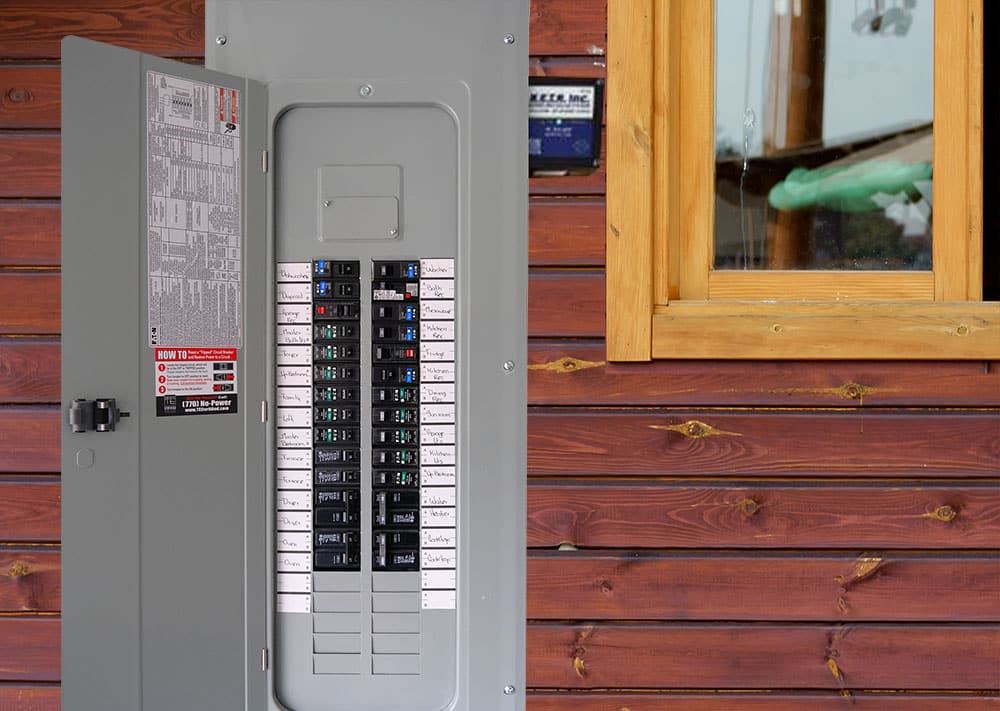5 Creative Ways to Lower Your Heating Cost in the Winter
In Massachusetts, heating bills often come with sticker shock. And the colder it gets, the more you can expect to pay. The Energy Information Administration suggests that when winter temps drop below normal, households that use electric heat could see a 15% rise in already high heating expenses.
You’re probably already doing the basics, like turning your thermostat down at night or when you’re away on vacation. It’s time to get creative. Here are 5 ingenious ways to lower your heating cost in the winter.
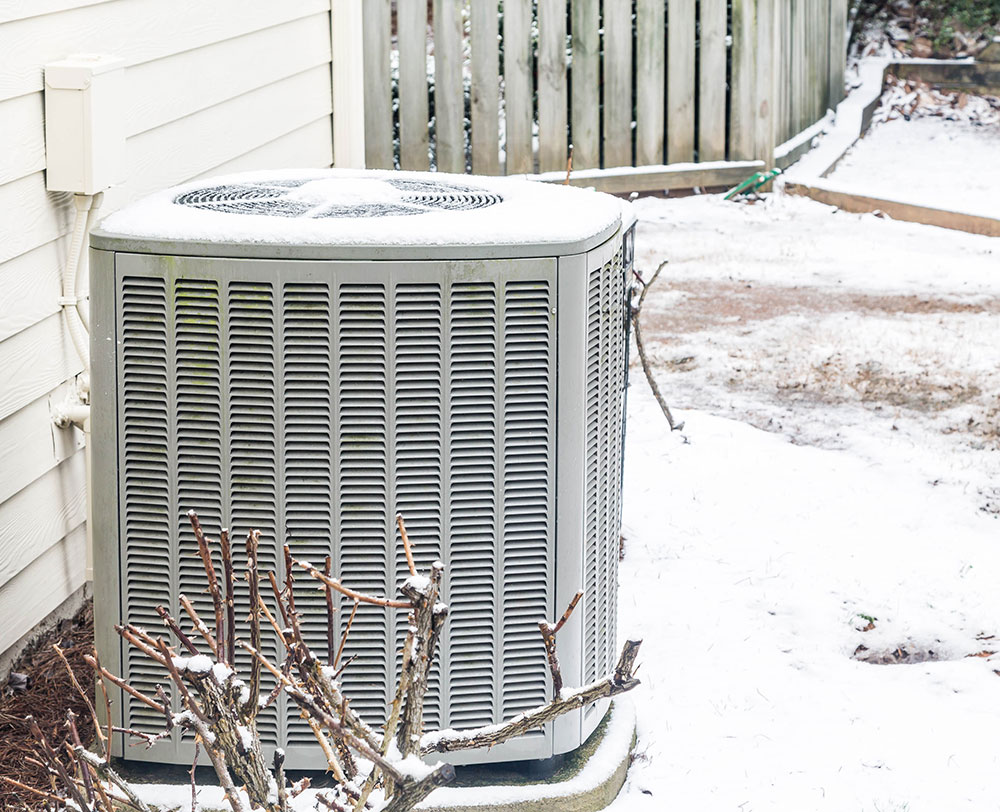
Integrating Renewable Resources Into Your Home
Running your home takes energy — there’s no way around it. But that doesn’t mean you have to rely on carbon-producing fossil fuels. Instead, you can integrate renewable resources into your home. Looking for ideas? Then, check out the following.
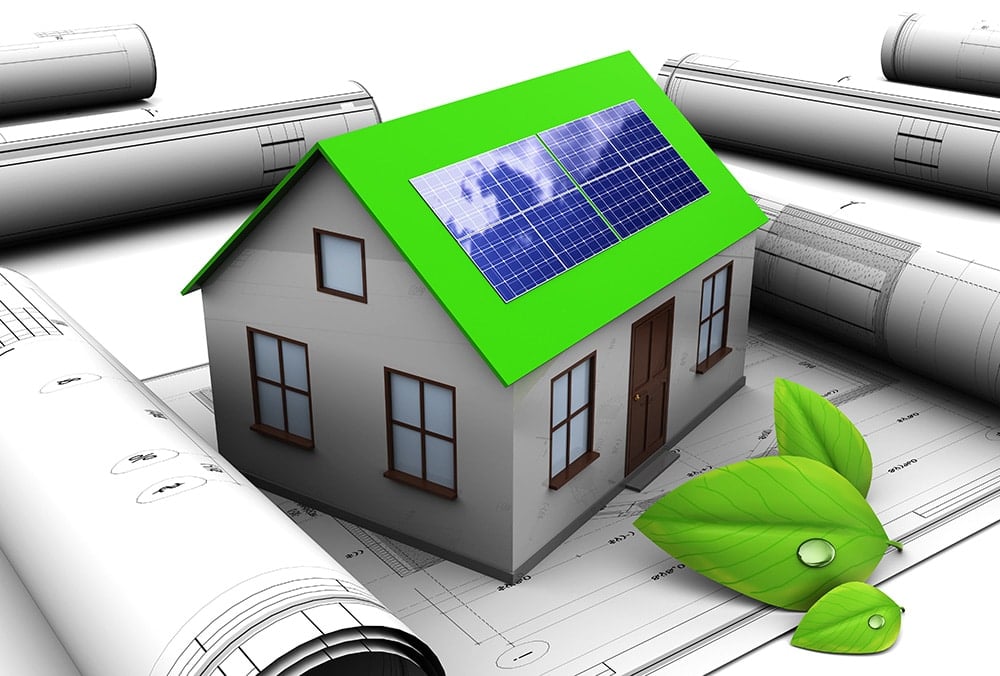
Case Studies of Ductless Systems in Condos
If you live in a condo, you don’t have to rely on the same type of heating and cooling as the other units in the building. Instead, you can install your own system, and if you’re looking for an energy-efficient option that also improves comfort, you may want to consider a ductless air source heat pump.
At N.E.T.R., Inc., we have worked with countless clients over the years, and there’s no one-size-fits-all HVAC system that works for everyone. We work closely with our clients to customize systems around their unique needs. Take a look at these case studies to learn more about how ductless may work in your condo.
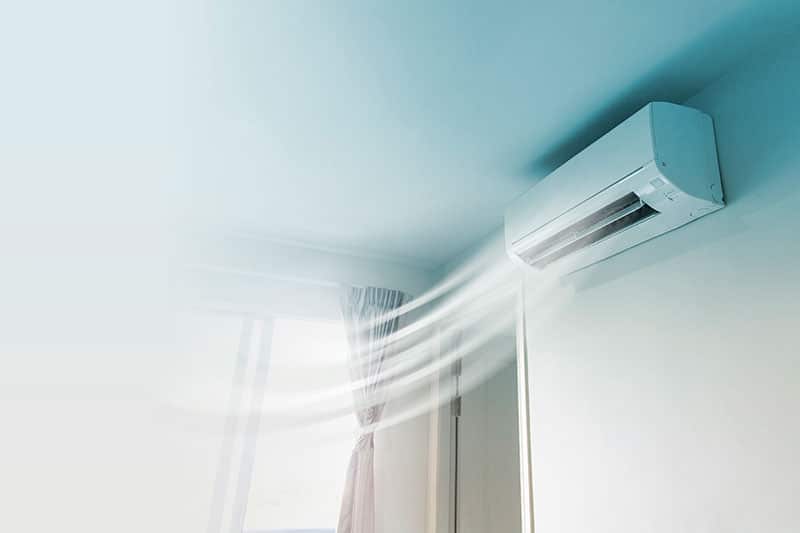
5 Signs Whole Home Electrification Is Right for You
People have been slowly switching to electrification for about 100 years, and it’s been a slow process since the beginning. Although the light bulb was invented at the end of the 1800s, it took until 1925 for half of all homes to switch from oil lamps to electric incandescent bulbs.
Then, for several decades, people relied on electric lights while using fossil fuels for heating and cooking, but over the last 30 years or so, they’ve slowly been migrating toward electric solutions for those needs as well.
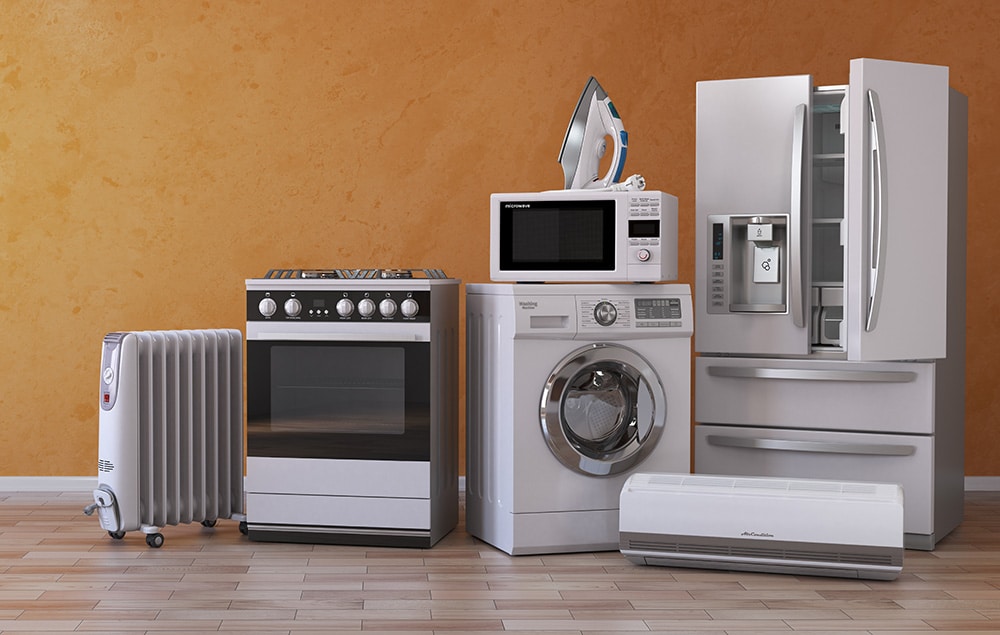
Ductless Case Studies in Colonial Homes
Colonial homes are arguably the most popular style of home in the Boston area. To be a true Colonial, the home must have been built before the end of the Revolutionary War, but homes built over the next 200+ years often feature the classic Colonial style. These homes are known for their simple symmetrical design and their stunning attention to architectural detail inside the home.
However, due to their age, these homes generally don’t feature ductwork, and they can be challenging to heat or cool. One of the most effective ways to keep your Colonial warm in the winter and cool in the summer is to invest in a ductless air source heat pump. At N.E.T.R. Inc., we have worked with many clients who live in these types of homes.
Trying to decide if a ductless heat pump is right for your home? Then, check out these case studies.

What’s the Best Heat Setting for Winter?
Finding the best heat setting for winter isn’t just about staying comfortable during the colder months, it also plays a critical role in managing your energy bills.
Below, we examine how thermostats work, what factors determine your preferred indoor temperature, and top tips for setting your thermostat while you’re at home or away.
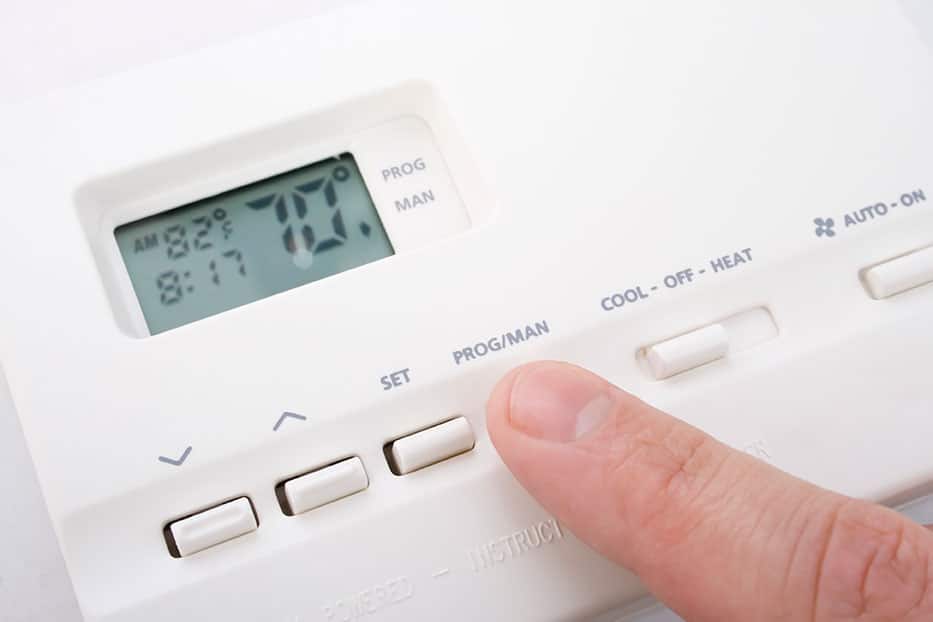
Why Indoor Wood Burning Stoves Aren’t Eco-Friendly
Indoor wood burning stoves were standard in early Colonial homes and are still used today, even just to supplement more efficient central HVAC or ductless systems. While seemingly charming and storybook-esque, keeping warm with a wood stove can come at a high cost.
Below, we explore why indoor wood burning stoves aren’t eco-friendly and look into more sustainable and effective heating alternatives for your New England home.
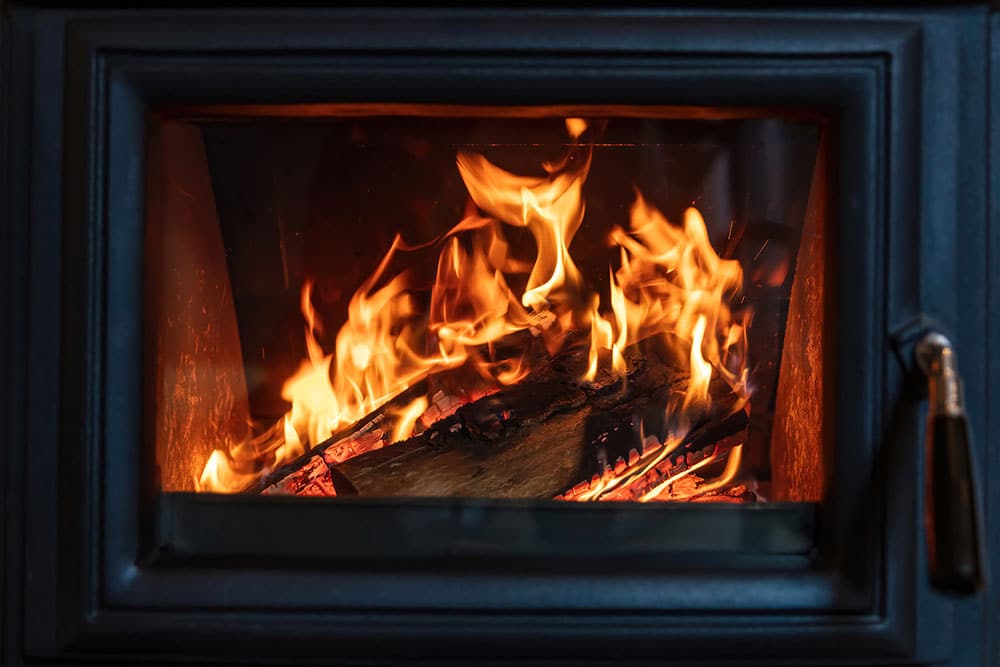
What Temperature Does a Heat Pump Stop Working?
As winter reaches its peak in New England, homeowners with ductless heat pumps may wonder how their systems will fare in extreme cold weather. Keep reading to learn how heat pumps work, what happens when temperatures plummet, and practical tips for adding supplemental heating on the harshest winter days.
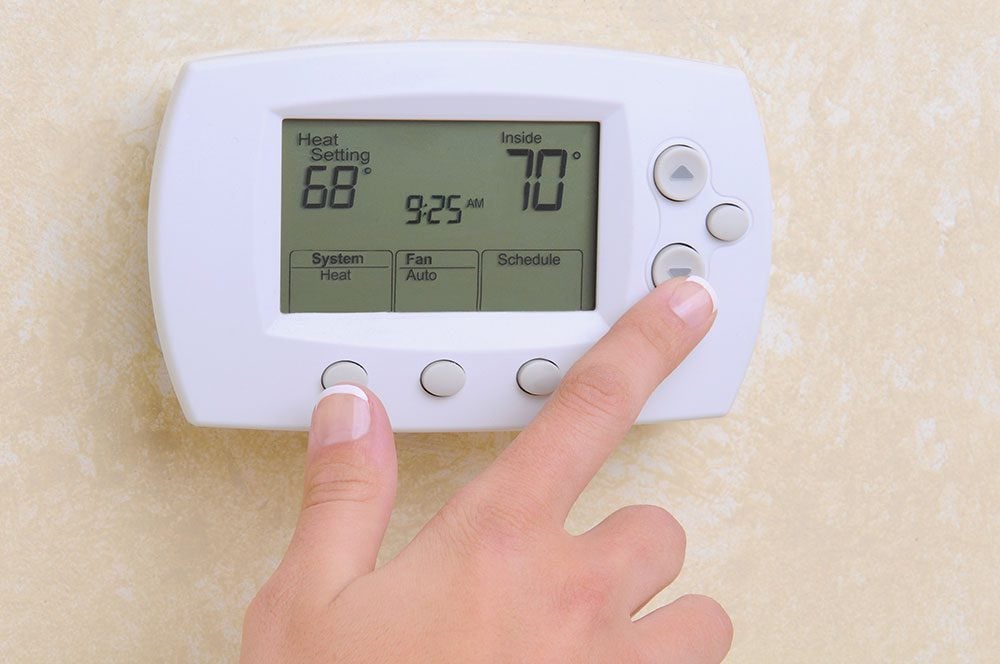
Are You Safe with Natural Gas Central Heating?
Natural gas has been used in heating applications for centuries, dating back to 1885 when Robert Bunsen invented the Bunsen burner. But that doesn’t necessarily mean it’s safe. Below, we discuss how natural gas central heating works, potential safety concerns, and how ductless HVAC beats central systems in every category.

Do You Need Whole Home Surge Protection?
Have you ever experienced a sudden power outage or voltage spike that caused damage to your home devices like TVs, air conditioners, computers, and home appliances? If not, you are in luck. An unexpected power surge can ruin your devices, racking up thousands of dollars of damages in a single instant.
Power surges can occur due to lightning, voltage changes, or when large appliances turn on and off, and they can be incredibly damaging to your electronics. While a surge protector power strip can help safeguard individual devices, it’s usually not enough to protect your entire property. The answer? Invest in whole home surge protection. Continue reading to learn if it’s right for you.
